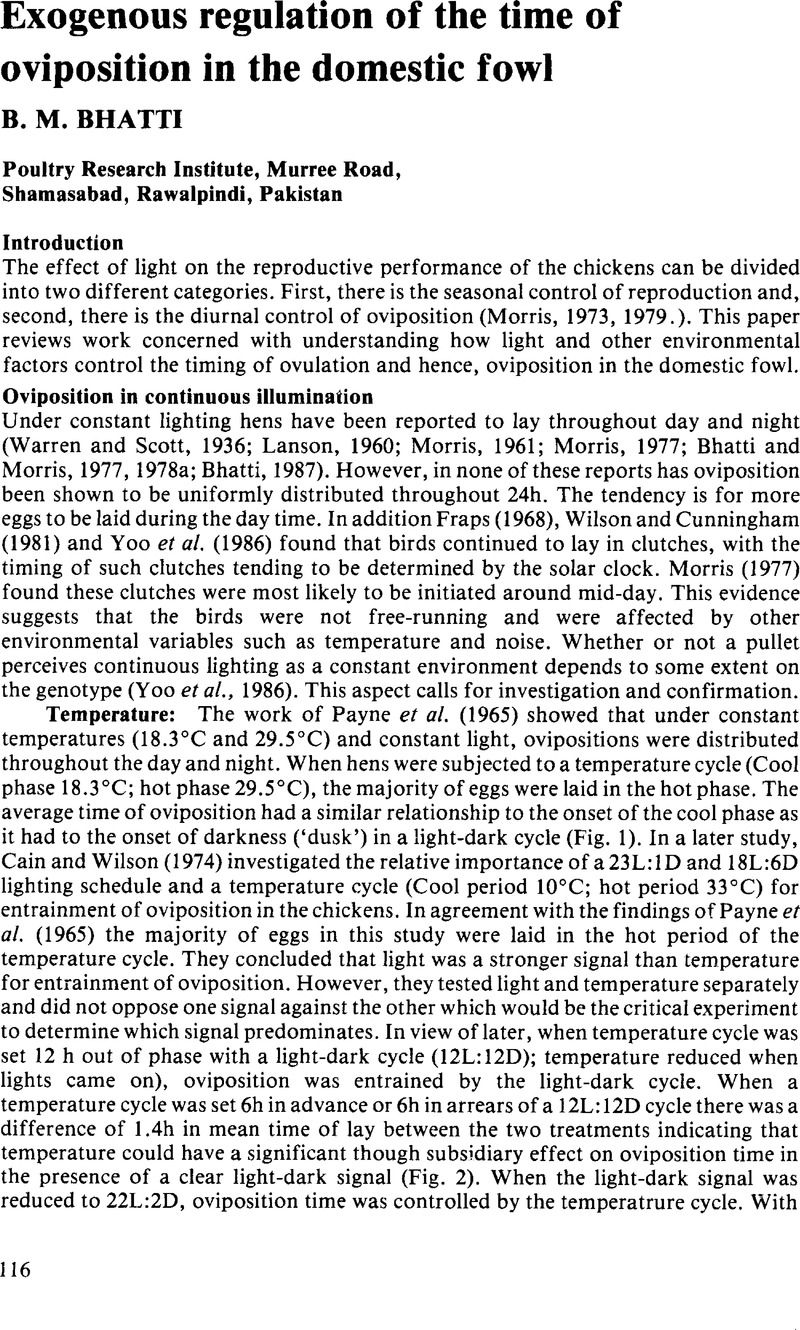Crossref Citations
This article has been cited by the following publications. This list is generated based on data provided by Crossref.
WILSON, H.R.
and
KEELING, L.J.
1991.
Effect of Time of Feeding on Oviposition Time and Production Parameters in Broiler Breeders.
Poultry Science,
Vol. 70,
Issue. 2,
p.
254.
Bui, Hoang Yen T.
Nakamura, Yuki
Takenouchi, Atsushi
Tsudzuki, Masaoki
and
Maeda, Teruo
2018.
Timing and Interval Effects of Repeated Inseminations by Roosters on the Fathering of Chicks.
The Journal of Poultry Science,
Vol. 55,
Issue. 4,
p.
301.



